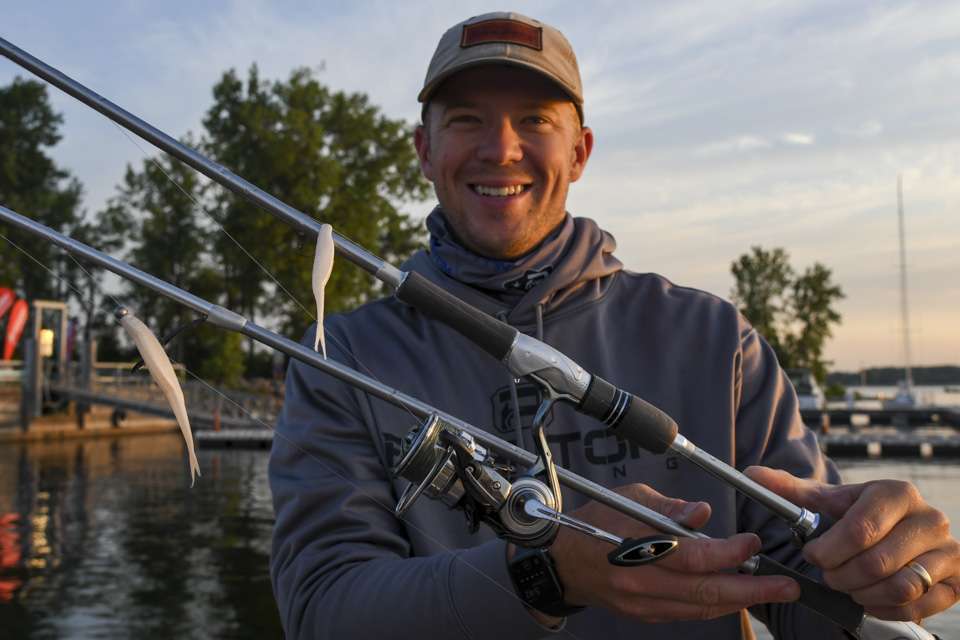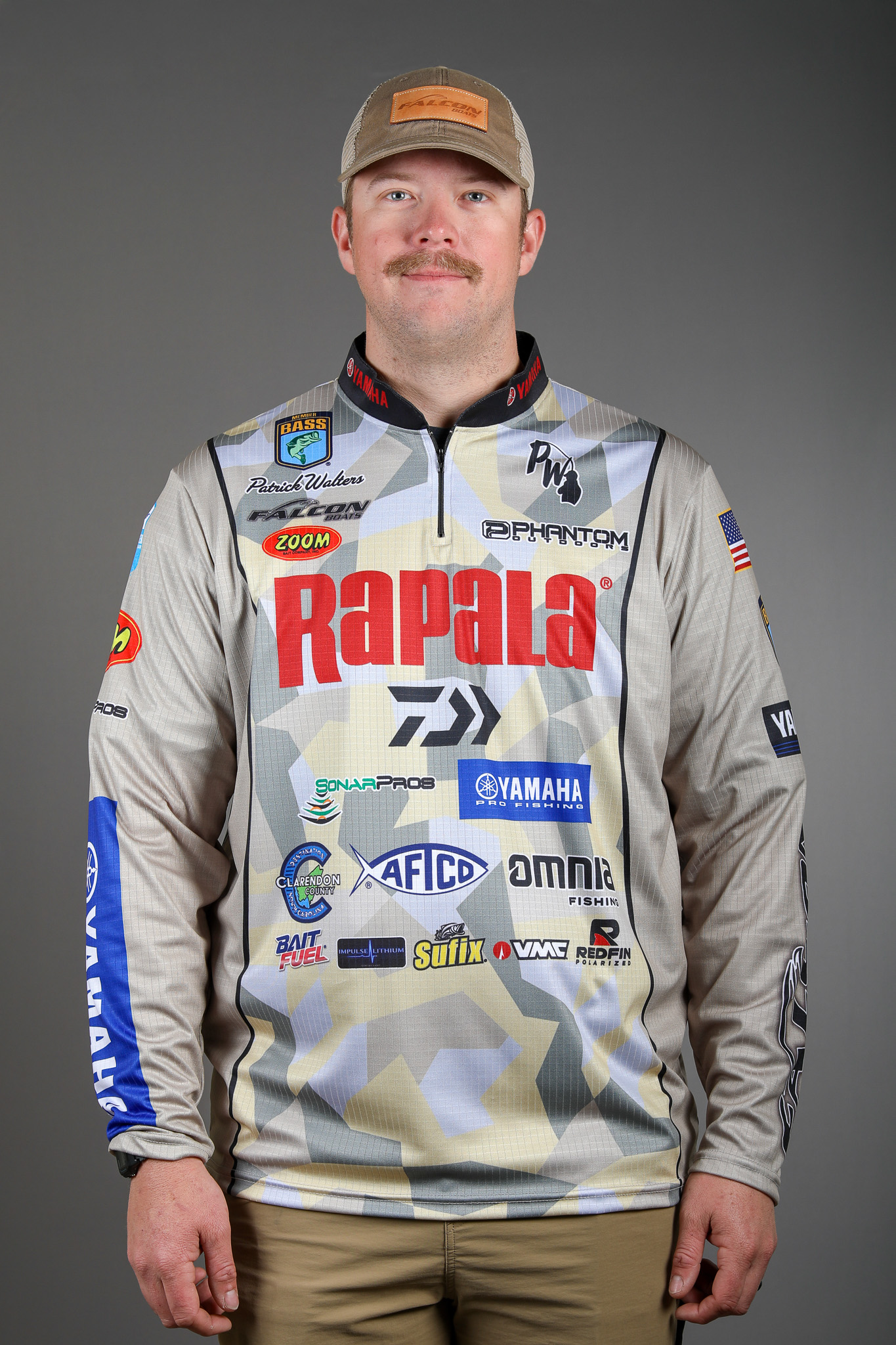
With the Bassmaster Elite Series and Bassmaster Opens seasons having drawn to a close, now it’s time to take stock of 2021 and start looking forward to 2022. While I’ll spend a lot of time over the next few weeks deer hunting, I’ll also devote a large number of hours to tinkering with tackle. It’s one of my passions and something that I believe has contributed to my success so far in my young career.
That starts with my boat. I just sold my 2021 Falcon, and I’ll be picking up my new one shortly. While I don’t expect there to be any bugs or problems, no two boats are exactly the same, even if they’re the same brand and model. Every one is a little bit different, and when you clean one out and refill the new one you have to get used to the subtle differences.
It may be a cliché, but that’s my “office.” Imagine having to clean out your desk every once in a while and take delivery of a new one. That’s what we go through, and I want to know where every pencil and pad of paper is sitting at all times.
I’m also a guy who tends to stuff his office full to the brim. If there’s a chance I’ll need something, I want it there. I’m not as worried about speed as I used to be – while I still push the boat as fast as I can, I’d rather lose one or two miles per hour and know that I have anything I can possibly need. I haven’t caught a tournament fish on a Chug Bug in six years, but I know exactly where four of them are in my boat. I have 40 rods, too, just in case a specific situation or need arises.
Part of the reason I need or want all of that tackle with me is because I typically spend my practice period finding fish, not dialing in a pattern. I try to see the entire lake in practice and then figure out the specifics of what they want to eat on tournament day. The water clarity may change, or the wind could lay down or the first fish I catch could spit up some bait. All of that could influence my choices, and if I get locked into something before the tournament it’s easy to miss the boat.
So how do I help that effort during the offseason?
Well, I play around with all sorts of tackle components. For example, ever since the Open on Smith Lake in early October I’ve been playing around with knots, trying to ensure that they’ll be an asset rather than a possible weak link going forward.
I also mess around with baits that are already in my arsenal. I might change the hook size or the split rings. I might shave down the bill on a crankbait to affect its action and depth range. We have a cattle trough in the backyard, probably 4 feet by 8 feet, big enough that my wife and I can lie in it and not touch. That’s where I test all of my baits and determine whether they get a place in my “office.” I really need a pool, but for now the trough will have to do.
Tinkering has already helped me in various situations. For example, I can get certain jerkbaits to suspend better in cold water by changing out hooks or by swapping out the split rings for loops of braided line.
It was a huge help this year with the smallmouth events. I bought about eight different brands of little swimbaits and tested them in the trough. There was one that was clearly better than the others — it would sit perfectly flat on the bottom without rolling over and had a better, more subtle action than the others. That’s the one I relied on in competition.
At any level of tournament fishing the differences between competitors can be small. At the Elite level, we all have great electronics and rods and reels and access to many of the same lures. The key differentiator is often miniscule. With my offseason regimen, I feel that I give myself a leg up on tournament day.





